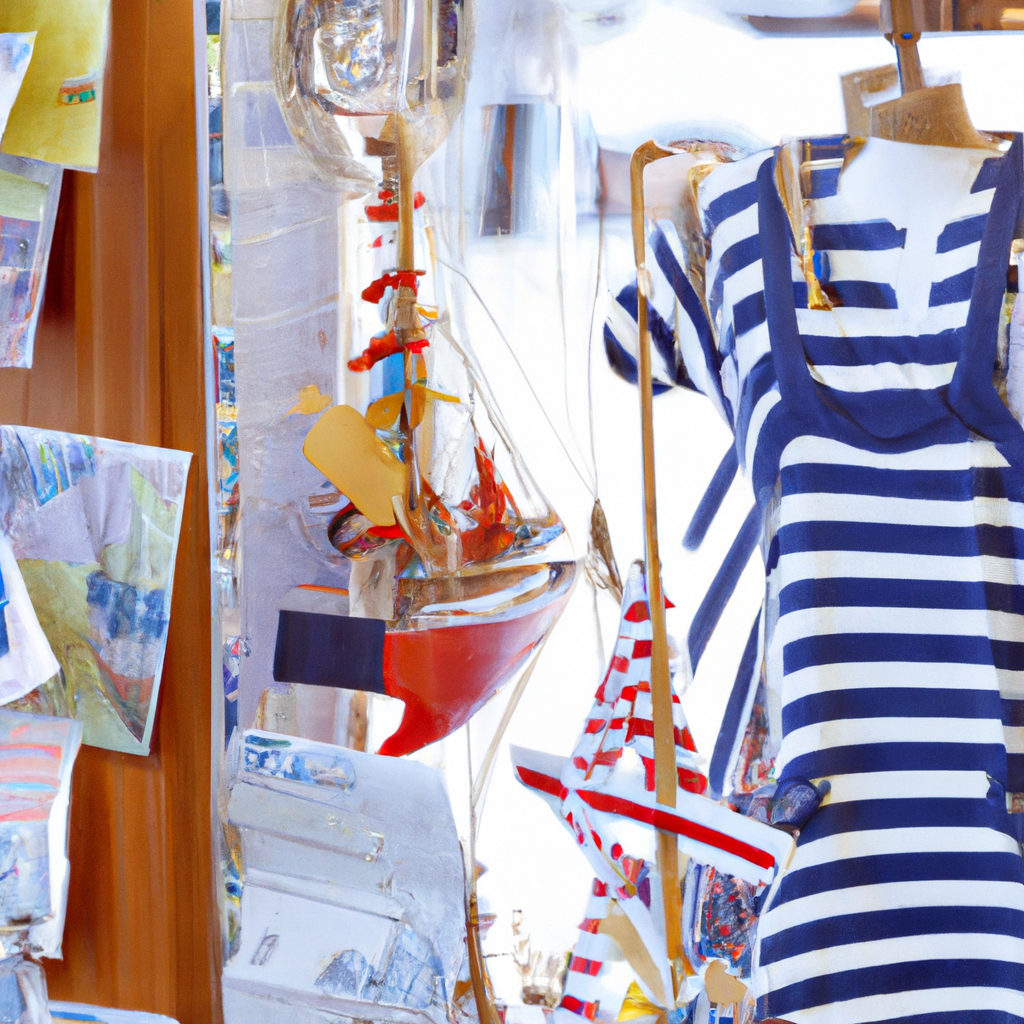Dressing like a Sailor: A Dive into Nautical Fashion and Style

From the times of explorers and sailors to the present day, nautical fashion has exerted a constant influence on the fashion industry and personal style. It is not just a passing trend, but a timeless style that has stood the test of time. This article navigates the calm waters of nautical fashion and style, exploring its historical evolution, its presence in current trends, its representation in clothing and accessories, and finally, how we can incorporate it into our everyday wardrobe. Whether you are a lover of the sea or simply someone who appreciates its relaxed and sophisticated style, this article will take you through the undoubtedly profound influence of the nautical world on fashion and lifestyle.
- 1. "Sailing through history: Nautical fashion through the ages"
- 2. "Ocean Inspiration: Current Trends in Nautical Fashion"
- 3. "Nautical clothing and accessories: Beyond sailor stripes"
- 4. "Nautical style: How to incorporate it into your everyday wardrobe?"
1. "Sailing through history: Nautical fashion through the ages"
Nautical fashion has sailed through the decades, adapting to changing styles and trends while always maintaining its nautical essence. In its beginnings, during the 19th century, nautical clothing was designed purely for practical reasons. Sailors wore baggy trousers, cotton shirts and hats to protect themselves from the elements on the high seas. Over time, nautical fashion transcended its original purpose and began to influence urban fashion. In the mid-20th century, the nautical aesthetic became popular as an elegant and relaxed style of dress for summer vacations. Sailor stripes, blue and white colors, and nautical accessories such as anchors and rudders, became iconic elements of this style. Today, nautical fashion continues to be a source of inspiration for designers and fashion brands, proving that this classic style continues to be relevant and contemporary.
2. "Ocean Inspiration: Current Trends in Nautical Fashion"
Ocean inspiration is more present than ever in current nautical fashion trends. Designers are incorporating elements of the sea into their creations, from ocean-inspired colours to patterns evoking waves, fishing nets and marine life. Blue, white and red tones remain the predominant ones, but there is also a growing presence of green and grey tones, which refer to the depth of the sea and sea mist, respectively. Stripes, eternally associated with the nautical aesthetic, remain a key element, but their use is reinvented, playing with their thickness and direction. Accessories also reflect this trend, with jewellery inspired by shells and pearls, bags with rope details and footwear reminiscent of traditional deck shoes. In general, current nautical fashion is an ode to maritime life, combining tradition and modernity to create fresh and elegant looks.
3. "Nautical clothing and accessories: Beyond sailor stripes"
Nautical clothing and accessories go far beyond the classic sailor stripes. In nautical fashion, subtle details and references to the sea are just as important. From anchor-shaped buttons to shell prints and rope motifs, designers use these elements to evoke the feeling of being by the sea. Colours also play a crucial role. In addition to navy blue and white, shades of red, yellow and beige are common in this trend, reminding us of the colours of lighthouses, sand and sun. Accessories such as silk scarves, rope bracelets and straw beach bags can also be incorporated to complement the nautical look. And of course, we can’t forget the footwear: boat shoes and espadrille sandals are a classic and comfortable choice for this style. In short, nautical fashion is a balance between casual elegance and marine inspiration.
4. "Nautical style: How to incorporate it into your everyday wardrobe?"
Incorporating nautical style into your everyday wardrobe is easier than you might think. First, choose the colors that define this look: navy, white, red, and touches of gold or silver. Striped patterns, especially blue and white, are a classic of nautical style. Key pieces can be a striped sweater, chinos, white shorts, nautical-themed T-shirts, or a blue blazer. Don't forget accessories, such as a watch with a brown leather strap, rope bracelets, boat shoes, and of course, the iconic sailor hat. Remember, nautical style is clean and classic, so avoid adding too many elements at once.
